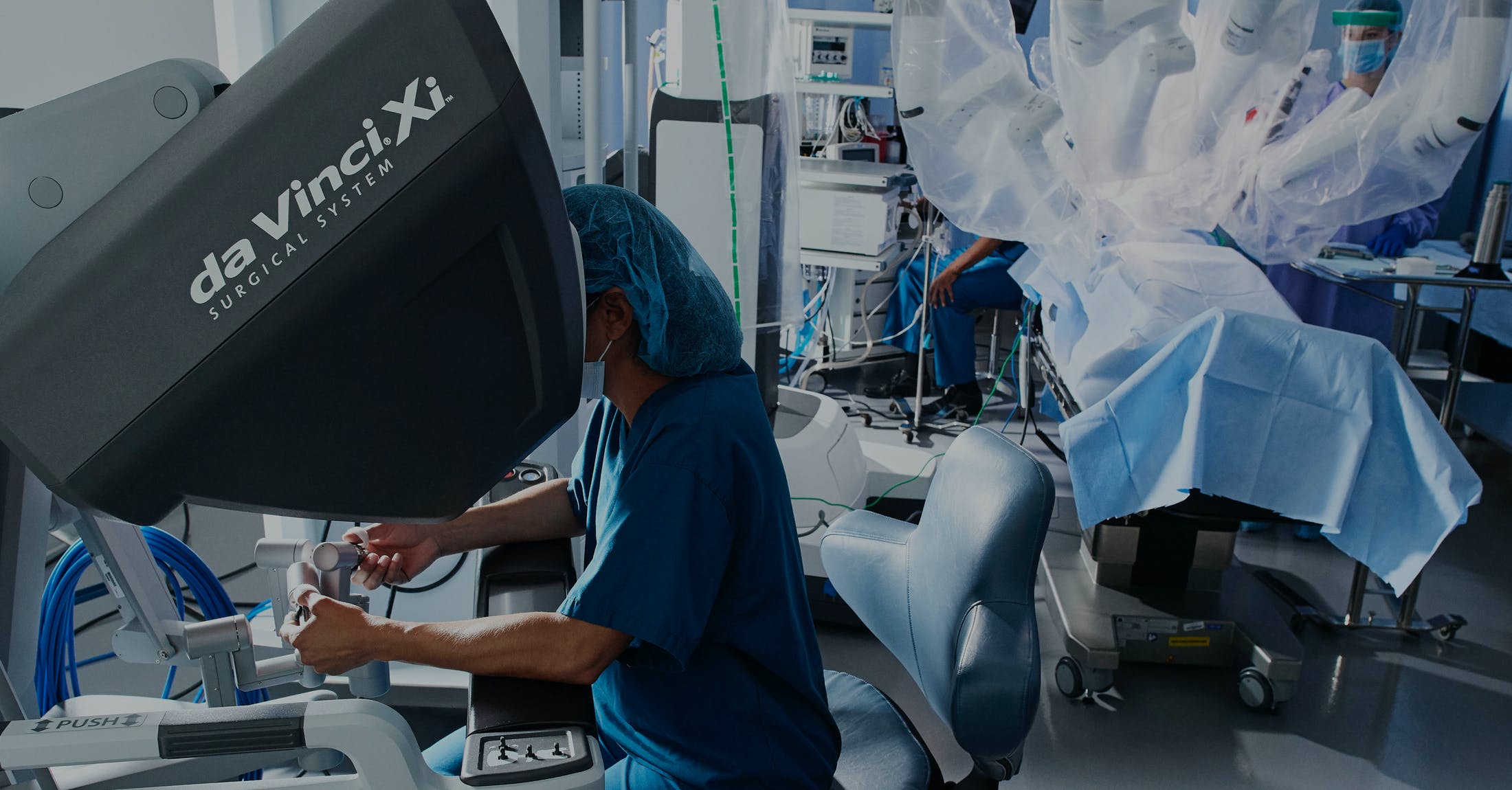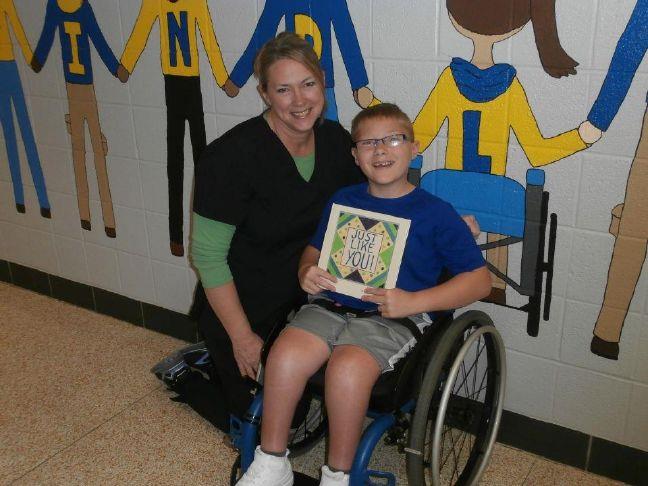More and more doctors are showing an interest in what’s known as robotic-assisted surgery. The “da Vinci” surgical system allows the provider to remotely perform the procedure using tiny instruments from inside the OR instead of holding the tools by hand. The machine uses built-in tremor filtration technology to steady the instrument and 3-D rendering to let the surgeon see inside the body. It all makes for a minimally invasive procedure that can help reduce complications.
A medical team at Vall d’Hebron Hospital in Barcelona has just performed the world’s first lung transplant using the da Vinci system.
“We believe it is a technique that will improve patients’ life quality, the post-surgery period and reduce pain,” said Albert Jauregui, head of the thoracic surgery and lung transplants department at Vall d’Hebron. “We hope this technique will eventually spread to more centers.”
The four-arm robot cut through a small section of the patient’s skin, muscle, and fat to remove the damaged lung through an eight-centimeter incision in the lower part of the chest, just above the diaphragm. It then inserted a new lung through the same opening. The new organ was deflated in the operating room so it could be inserted through the narrow opening.
“It’s a part of the body that has the advantage of having a very elastic skin, which gives room to widen the opening without having to touch a single rib,” Jauregui said.
The surgeons said the new procedure is faster and less painful for patients. Without this technology, they would’ve had to have separated the patient’s ribs and cut a 30-centimeter opening into his chest, which would’ve taken much longer to heal.
The technique has been used to treat lung cancer in the past, but this was the first time it was used for a full lung transplant. It was performed on Xavier, a 65-year-old patient with pulmonary fibrosis.
“The result is that I can talk to you and tell a bit of my story,” he said. Xavier added that he didn’t feel any pain. “From the moment I regained consciousness and woke up from general anesthesia, I had zero pain,” he said.
The first robot-assisted procedure was performed all the way back in 2000, but the technology is now surging in popularity within the medical industry. According to Intuitive Surgical, the company that manufactures the technology, over 60,000 surgeons have been trained on da Vinci and the robot has been used to perform over 10 million surgical procedures. There are now nearly 6,000 of these robots on the market with more to come as more providers express interest in using the tool.
“There is strength in the U.S. in general surgery, particularly benign general surgery,” said Jamie Samath, chief financial officer of Intuitive Surgical, after the latest earnings report.
“We believe that the return of patients to normalized healthcare routines, including diagnostics and improved staffing levels have positively impacted this quarter’s procedures. However, it is difficult to precisely characterize or estimate the degree or duration of this impact,” he added.
Vail Health in Colorado recently celebrated two years with the machine, and leaders say the change has transformed the company’s operations. Vail uses the technology to perform abdominal, hernia, gynecological and urological procedures.
“Our mission here is about elevating health in our community and this is one of the many ways that we get to do that,” said Amanda Veit, chief operating officer of Vail Health. “This allows us to truly give precision surgeries in so many different ways, and it really relates to our mission in that people heal faster and get back out on the mountain or to doing whatever it is that they love to do here.”
In the realm of groundbreaking surgeries, it’s essential to consider the comfort of patients beyond the operating table. Comfortable clothing for people with disabilities plays a crucial role in their recovery process, allowing them to feel at ease during their healing journey. As advancements in medical technology, like robotic assistance in surgeries, pave the way for enhanced surgical outcomes, the importance of supportive and adaptive clothing cannot be overlooked. Ensuring that all patients can wear garments that accommodate their needs not only promotes physical comfort but also contributes to their overall well-being during such significant health challenges.



